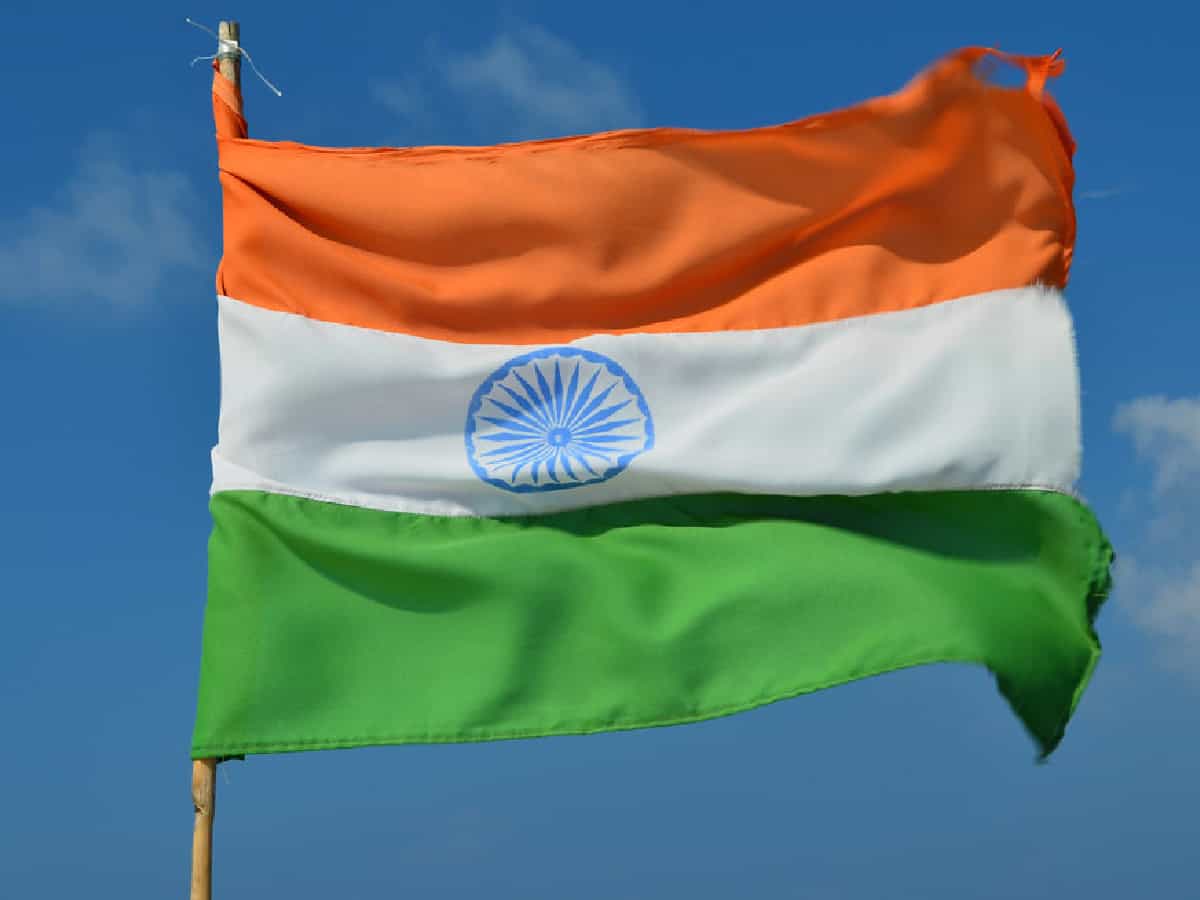
The first distinguishable feature of Modi’s India is slowly inching toward a ‘Totalitarian State’. The cornerstone of this feature is weakening the federal structure of the country. The Centre is usurping many of the powers of the state without any valid reasons. Home Minister Amit Shah has given the indication of making Hindi, the national language of the country. The Center is handpicking Governors who are known for their overreach. Most of the non-BJP ruled states have a hostile relationship with their Governors. Some states have passed laws curtailing the powers of their Governors. In short, the relationship between states and the Centre is one of mistrust and that is due to the posture of the center to make India a totally different country.
The logical fallout of the ambitious project of making India a ‘Totalitarian State’ is a ‘muscular approach’ toward governance. This approach is tested in Jammu and Kashmir and set to be applied to the rest of the country. In order to comprehend the brevity of such an approach to governance one needs to look at the developments in Kashmir since August 5, 2019.
Raising the standard of revolt, the DMK leader A Raja has implored Prime Minister Narendra Modi and Union Home Minister Amit Shah to provide ‘state autonomy’ to Tamil Nadu, and not push them to seek an independent country. “I am telling Amit Shah and the Prime Minister with utmost humility, I implore you not to push us on the path of Periyar. Do not make us seek a separate country, give state autonomy and we will not rest till then,” he said.
He said Tamil Nadu Governor R N Ravi has not given his assent to several bills passed by the State Assembly and wanted to know if hampering development was the idea of the Union government.
The other noticeable feature of Modi’s India is the division of the people on religious lines. The consolidation of the Hindus and the persecution of Muslims is a recurrent theme in the country. In most of the BJP-ruled states, Muslims are abused, vilified, and antagonized to polarize society on religious lines. There is a certain degree of determination to rule the country on the 80 vs 20 model formula.
As a result, Modi’s India looks like a place of religious intolerance. It’s witnessing rising attacks on Muslims and Christians in the country. The government’s response to such attacks is deplorable. Instead of putting a halt to religious violence, there is an escalation of religious violence under Modi’s rule. The political parties have little control over the communally polarized masses. They don’t have the wherewithal to tame the beasts whose cage gates are opened by the government for its nefarious ends.
The religious intolerance against some 20 crore Indian Muslims is being closely followed by the 57 Islamic majority countries in the world. They did caution the Modi government in 2020 when Tablighi Jammat members were vilified in India. The Nupur Sharma episode is a testimony to the fact that anti-Islamic activity is being abated without judging its consequences. Nearly 40 billion dollars come to India annually from the Middle East as remittances and around 7.6 million Indian citizens work in Gulf countries. The anti-Islamic activity that is being promoted in India can trigger a backlash in the Gulf countries. Suppose they decide to reduce the Indian workforce or boycott Indian businesses and products, what would be the consequences for India.
In Modi’s India, the common theme is lack of religious freedom, human rights abuses, and suppression of dissent. The government promptly swings into action if some dissenting voice is raised and arrests are made under the draconian laws. There is no one to take cognizance of human rights violations allegedly committed by law enforcement officials and other public officials against protesters and human rights defenders in India.
The other noticeable feature of Modi’s India is innumerable agitation taking place by different groups in different parts of the country. Earlier, Muslims agitated against the CAA and now against the remarks made about their Prophet. Farmers agitated against the Farm laws, Opposition parties agitated against the Land Acquisition reforms. Kashmiris protested against the abrogation of Article 370. The latest protest was done by the unemployed youth against the government’s ‘Agneepath’ scheme. In short, protests and agitations are recurrent themes in Modi’s India.
India’s economy is in shambles. The ill-conceived idea of the demonetization of currency, faulty implementation of the GST, mismanagement of the COVID-19, and the ill-conceived idea of total lockdown due to the pandemic, and its fallout are some of the poor decisions of the government that have destroyed the Indian economy. On every index, the Indian economy is failing. GDP is down, the rupee is sinking, unemployment is at an all-time high, businesses are down, MSMEs are going bust, and investor confidence is at an all-time low.
Another noticeable feature of Modi’s India is China taking over 60 square kilometers (23 square miles) of Indian-patrolled territory. China is building permanent infrastructure in the border areas with India. Modi’s government is tight-lipped about Chinese ingression.
If the BJP government doesn’t make a course correction now, the future scenario for India looks scary. There is fear that India may witness a Civil war or balkanization.
What the people of India desire is that the BJP government should put an end to the current madness going on and restore peace, tranquility, and unity in the country.
Syed Ali Mujtaba is a journalist based in Chennai. He can be contacted at syedalimujtaba2007@gmail.com



